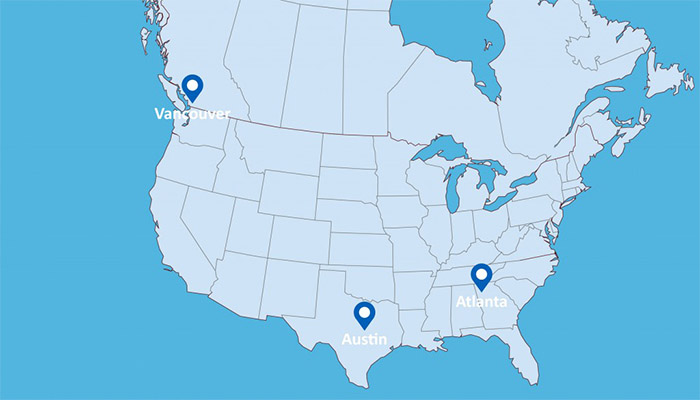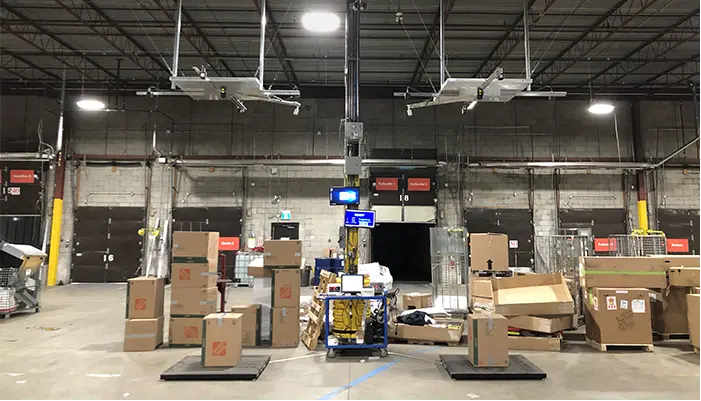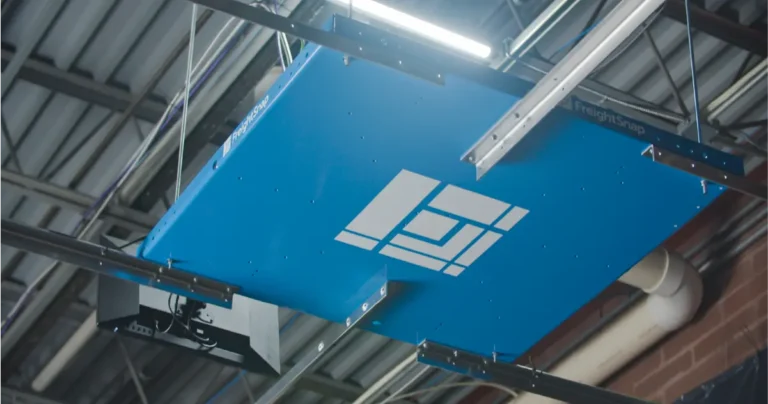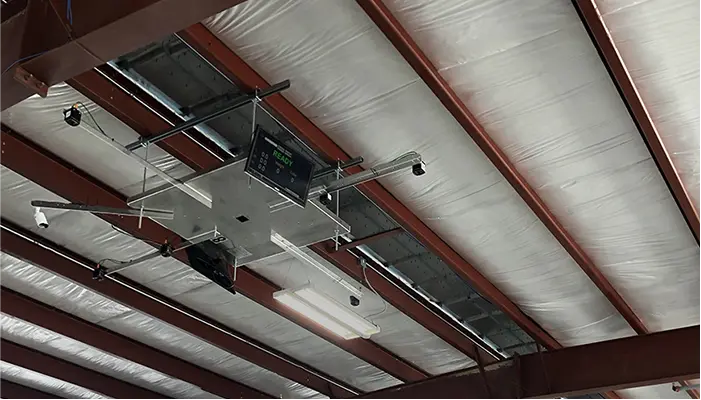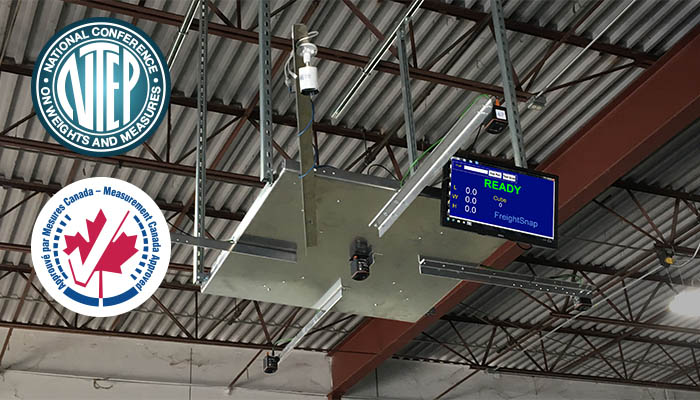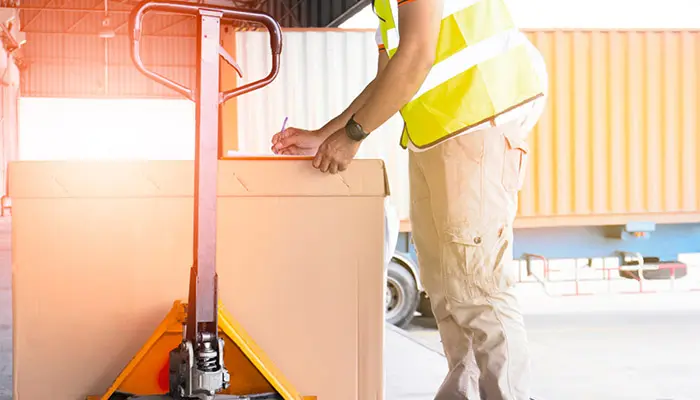Brace yourselves – the holiday returns season is coming – and it’s expected to be one of the busiest on record. How busy? According to Shopify’s 2018 Holiday Ecommerce Returns Guide, 8-10% of sales will be returned to brick and mortar stores, while online businesses can expect return rates between 20-30%, with a 50% return rate on “expensive” items. Further, in 2017, Optoro, a firm specializing in reverse logistics, estimated that $90 billion worth of holiday goods would be returned, which is roughly 13% of all holidays sales.
Not only that, but according to the National Retail Federation, 32% of people value a company’s return policy when making purchases, which ultimately means returns are BIG business – both in terms of potential sales, and in logistics-related expense.
So, how do you optimize your returns process to maximize sales and cause as little headache as possible for your operation? Let’s dig into it…
Tip 1: Offer a more lenient returns policy on holiday-related sales
Consider extending your normal returns window. If customers usually have 30 days to make returns, offer a 90-day window for any purchases made during the holidays. Remember, some people won’t even be able to give their gifts until a week or two after Christmas, which means extending your deadline could entice more shoppers to consider your offerings over similar ones from your competitors.
Tip 2: State your returns policy prominently and clearly
An enticing returns policy isn’t much good if nobody knows about it, which is why it’s important to give it prominent placement in your store or on your website. Make sure the terms are clearly stated and easy to understand. Don’t hide things in fine print. There’s no surer way to lose repeat business, than by making an existing customer feel tricked by an ill-worded, ill-conceived returns policy.
Tip 3: Promote exchanges in place of returns
When given the choice, most customers will choose a cash refund over store credit or exchange. To level the playing field, consider incentivizing the other two options by offering discounts on future purchases or extra credit toward another item later.
Tip 4: Turn returns into sales
Piggybacking off tip 3, tip 4 encourages you to convert returns into sales when you can. Try organizing your store so customers are exposed to “hot” deals or impulse purchases on their way to the returns counter. Likewise, you could offer special deals or discounts to customers returning items online. Turn it into a seamless part of the returns process and accompany the offer with a friendly message, “We’re sorry your last purchase didn’t work out. Maybe these options would suit you better. Just apply your returning customer discount in the cart.”
Tip 5: Make returning items easy
A simple returns process is key to building a successful customer experience. Brick and mortar shops should have plenty of people working the return counter in the weeks after Christmas to facilitate speedy, convenient resolution. Online stores can make things easier by including return labels (prepaid if possible), and reusable packaging for all purchases.
Tip 6: Prepare your staff
If you haven’t already run your employees through holiday returns training, get to it soon. When handling returns in store, your staff should know what to look for (what’s acceptable), how to process returns within your system, how to prepare items for sorting and restocking, and how to deal with customers. For ecommerce returns, staff should know how to answer customer questions via chat or phone, and know how to process items as soon as they reach you warehouse or distribution center.
For more articles like this, subscribe to our newsletter!
Was this article helpful?
Michael Eichenberg is the co-founder and CEO of FreightSnap, allowing the supply chain, logistics, manufacturing, distribution and transportation industries to measure, weigh, photograph and ID pallets and parcels in just seconds. Learn more and share your ideas on Facebook and LinkedIn.


